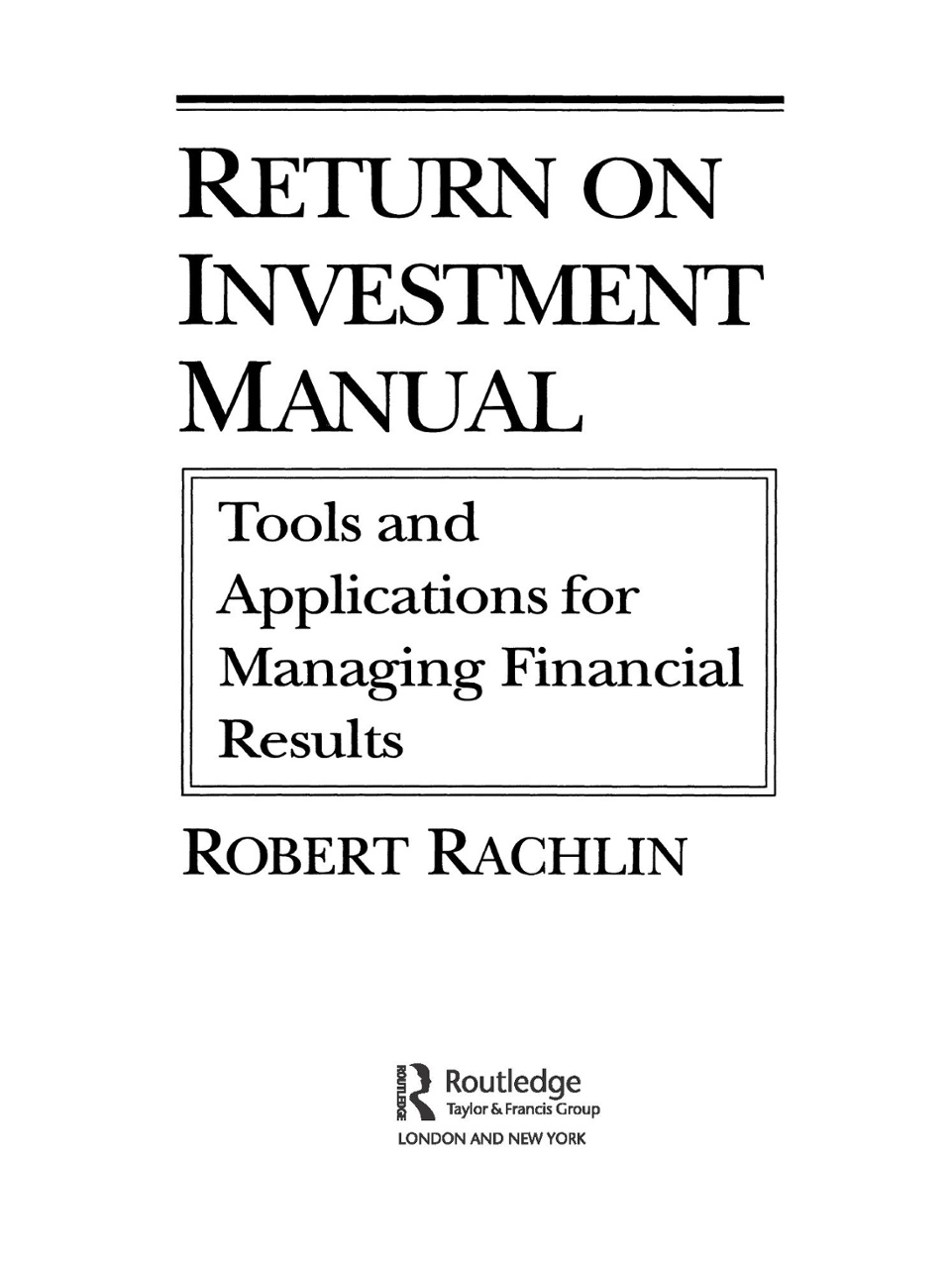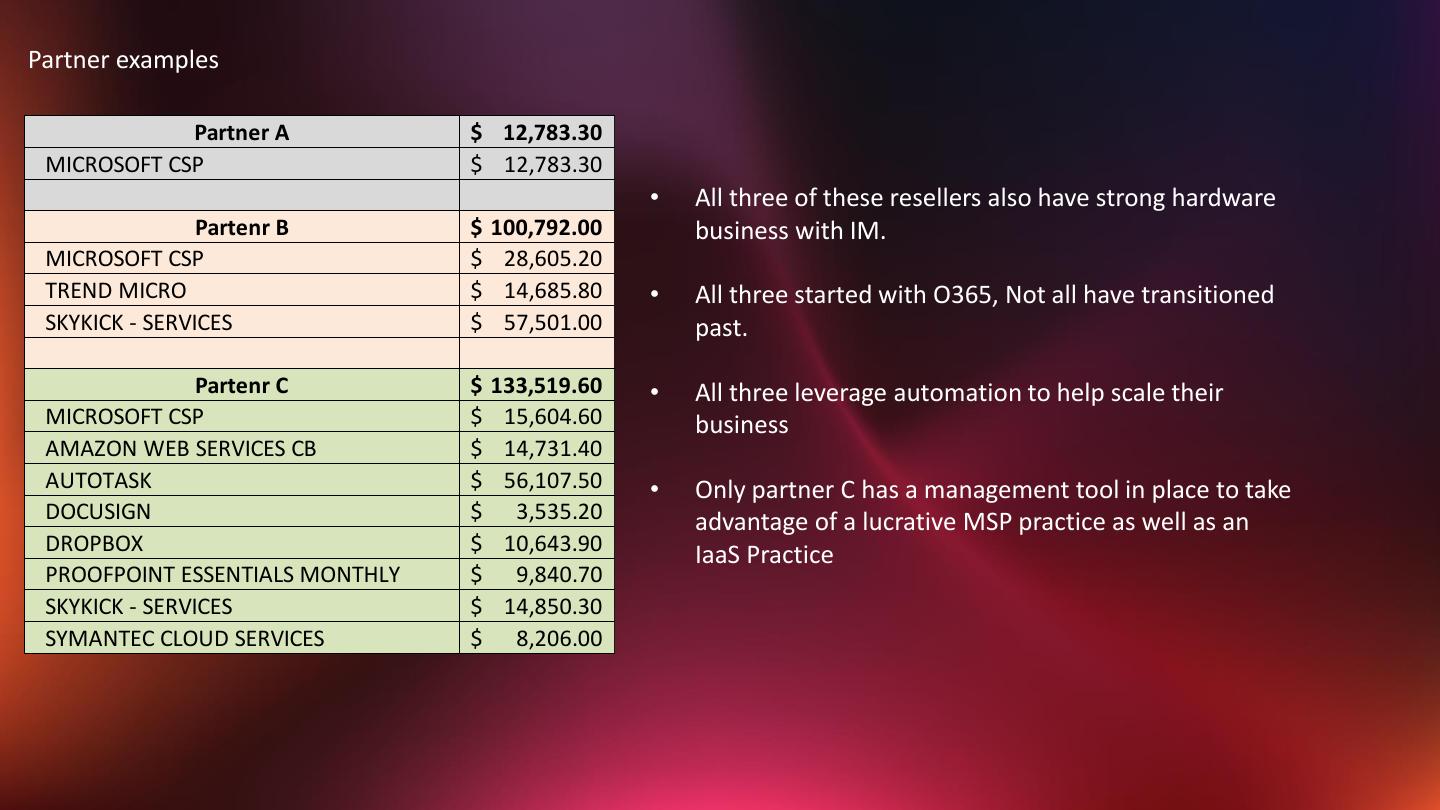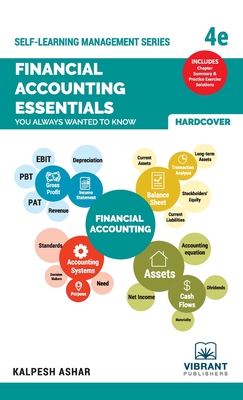Understanding What is Loan Portfolio: A Comprehensive Guide to Managing Your Financial Assets
#### What is Loan Portfolio?A loan portfolio refers to the collection of loans that a financial institution, such as a bank or credit union, holds. This por……
#### What is Loan Portfolio?
A loan portfolio refers to the collection of loans that a financial institution, such as a bank or credit union, holds. This portfolio can include various types of loans, such as personal loans, mortgages, auto loans, and business loans. The performance of a loan portfolio is crucial for the profitability and risk management of the lending institution.
#### The Importance of Loan Portfolio Management
Effective loan portfolio management is essential for financial institutions to mitigate risks and maximize returns. A well-managed loan portfolio enables lenders to balance their risk exposure while ensuring a steady income stream from interest payments. It involves assessing the creditworthiness of borrowers, diversifying the types of loans offered, and regularly monitoring the performance of the loans within the portfolio.
#### Key Components of a Loan Portfolio

1. **Types of Loans**: A loan portfolio can consist of various loan types, including secured and unsecured loans. Secured loans are backed by collateral, which reduces the risk for lenders, while unsecured loans do not require collateral, increasing the risk.
2. **Credit Risk Assessment**: Understanding the credit risk associated with each loan is vital. Lenders use credit scores, income verification, and other financial metrics to evaluate the likelihood of borrowers defaulting on their loans.
3. **Diversification**: A diversified loan portfolio spreads risk across different types of loans and borrower demographics. This strategy helps mitigate the impact of defaults in any one segment of the portfolio.
4. **Monitoring and Reporting**: Regular monitoring of the loan portfolio is necessary to identify potential issues early. Lenders track key performance indicators, such as delinquency rates and default rates, to make informed decisions about risk management.

#### Strategies for Effective Loan Portfolio Management
1. **Risk Assessment and Mitigation**: Financial institutions should implement robust risk assessment frameworks to evaluate the creditworthiness of borrowers. This includes using advanced analytics and machine learning models to predict default probabilities.
2. **Regular Portfolio Reviews**: Conducting regular reviews of the loan portfolio helps identify underperforming loans and allows lenders to take corrective actions, such as restructuring loans or enhancing collection efforts.
3. **Investment in Technology**: Utilizing technology can streamline the loan management process. Automated systems can help in tracking payments, managing collections, and generating reports, thereby improving efficiency.

4. **Regulatory Compliance**: Adhering to regulatory requirements is crucial for maintaining the integrity of the loan portfolio. Lenders must stay updated on changes in regulations and ensure that their lending practices comply with local and national laws.
#### Conclusion
In summary, understanding **what is loan portfolio** is fundamental for anyone involved in the financial sector. A well-managed loan portfolio not only enhances the profitability of financial institutions but also contributes to the overall stability of the financial system. By focusing on risk assessment, diversification, and continuous monitoring, lenders can effectively manage their loan portfolios and navigate the complexities of the lending landscape. Whether you are a financial professional or a borrower, grasping the nuances of loan portfolios can lead to better financial decisions and outcomes.